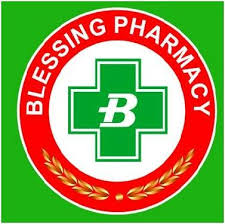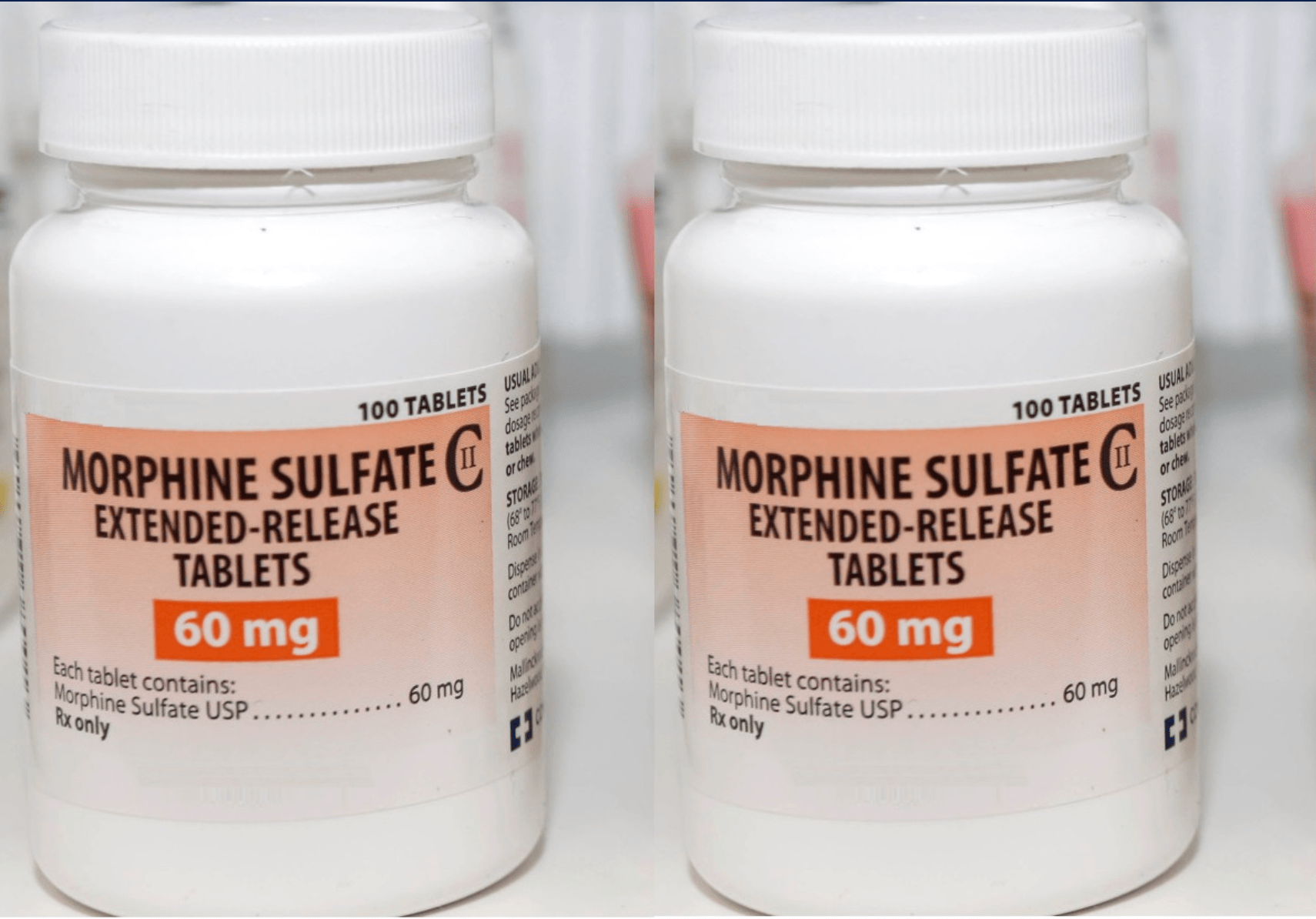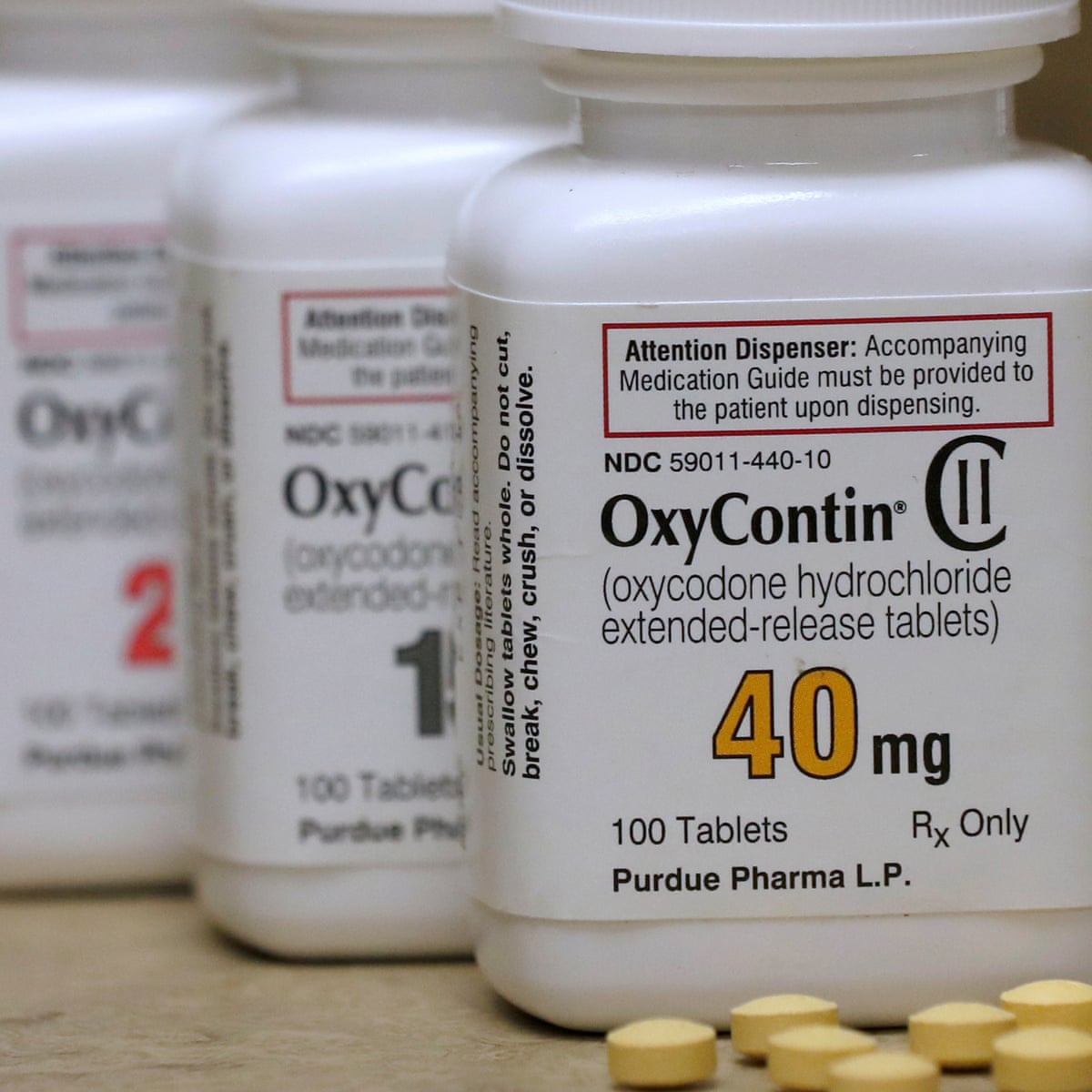$90.00 – $200.00
Description
What is Ketamine?
Ketamine (brand name: Ketalar) is a dissociative injected anesthetic (blocks sensory perception) that has been available by prescription in the U.S. since the 1970s for human and veterinary uses. Esketamine (Spravato), the S-enantiomer of racemic ketamine, was approved in 2019 for treatment-resistant depression and is approved for use in depressed patients with acute suicidal ideation or behavior. Ketaset is the brand name of a surgical anesthesia used by veterinarians
Dissociative drugs can lead to distortion of sights, colors, sounds, self, and one’s environment. Ketamine is available in a clear liquid or off-white powder form for intravenous injection or as a nasal spray. Examples of other dissociative drugs include phencyclidine (PCP) and dextromethorphan (DXM).
In the U.S., ketamine is classified as a schedule III drug under the DEA Controlled Substances Act; however, it is not classified as an opioid (narcotic) or barbiturate.
Why is Ketamine Used Medically?
- Ketamine can provide pain relief and short-term memory loss (for example, amnesia of a medical procedure).
- In surgery, it is used an induction and maintenance agent for sedation and to provide general anesthesia.
- It has also been used for pain control in burn therapy, battlefield injuries, and in children who cannot use other anesthetics due to side effects or allergies.
- Ketamine, through blocking at the N-methyl-D-aspartate (NMDA) site, has rapid action in controlling symptoms of depression and acute suicidal ideation.
- At normal doses, it is often preferred as an anesthetic in patients at risk of bronchospasm and respiratory depression.
Pharmacology
Ketamine is a noncompetitive N-methyl-D-aspartate (NMDA) receptor antagonist, and it blocks HCN1 receptors. However, at higher doses it may also bind to the opioid mu and sigma receptors. It disrupts the neurotransmitter (brain chemical) glutamate. Glutamate is involved with learning, memory, emotion, and pain recognition. It can exhibit sympathomimetic activity which can lead to rapid heart rate and elevated blood pressure.
It is related to phencyclidine (PCP), but has less than 10% of the potency of pure PCP.
This agent is a lipid soluble compound, has an initial rapid distribution and large volume of distribution, with a half-life of 10 to 15 minutes. Secondarily, the drug distributes into peripheral tissues with a slower elimination half-life of up to 3 hours, undergoes hepatic metabolism and is excreted in the urine.
How is Ketamine Abused?
In addition to its legal, medical uses, ketamine and and synthesized analogs have become drugs of abuse with hallucinogenic properties. It has also been used as a “date rape” drug.
When abused, it is typically insufflated (“snorted” up the nose) in social situations. It is also injected, consumed orally as a liquid, or smoked in marijuana or tobacco. It is frequently abused in combination with other substances, such as cocaine or amphetamines. Use with multiple drugs has been fatal.
When misused, it is often sourced via the illegal diversion of prescription products, but analogs may be found on the streets.
How Quickly Does Ketamine Work?
- An injection yields a quick response, with effects occurring in seconds to minutes.
- “Snorting” leads to effects in roughly 5 to 15 minutes (this is the most common method of abuse).
- Oral consumption requires between 5 and 30 minutes.
The effects of abuse typically last 1 to 2 hours, but the users judgement, senses and coordination may be affected for up to 24 hours or longer. Sensations the user may seek include floating, stimulation and visual effects.
High doses may dangerously reduce breathing, lead to muscle spasms or weakness, dizziness, balance difficulty, impaired vision, slurred speech, nausea and vomiting, and severe confusion.
Binge use, where the user indulges in the drug in excess amounts in a short period of time has been reported, as well.
Typical Ketamine Recreational Dose Ranges
| Dose | Route |
| 75 to 125 mg | Intramuscular (IM) or subcutaneous injection |
| 60 to 250 mg | Insufflation (intranasal or “snorting”) |
| 50 to 100 mg | Intravenously (IV) |
| 200 to 300 mg | Orally (by mouth) |
Source: Up to Date, 2020
Abuse of large doses can also lead to powerful visual hallucinations that are intensified by environmental stimuli. Coma and deep unconsciousness can occur. When higher doses of ketamine are abused, or during emergence, it is reported to produce and vivid dreams and an “out-of-body”, “K-hole” or “near-death” hallucinogenic experience, often reported as terrifying (similar to bad LSD trip).
In smaller doses, such as those typically used recreationally, ketamine can lead to various effects such as:
- feelings of calmness and relaxation, relief from pain
- depressed mental state
- dizziness
- detached feeling from body
- slurred speech
- diminished reflexes
- hallucinations lasting from 30 to 60 minutes
- nystagmus (repetitive, uncontrolled movements of the eyes).
Ketamine Health Hazards & Side Effects
Abuse of ketamine can be linked with short-term and long-term problems:
- Short-term: Problems with attention, learning, and memory; dreamlike states, hallucinations; sedation; confusion; loss of memory; raised blood pressure; unconsciousness; dangerously slowed breathing.
- Long-term: Ulcers and pain in the bladder; kidney problems; stomach pain; depression; poor memory.
The most common side effects associated with ketamine when used medically are nausea, vomiting, dizziness, diplopia (double vision), drowsiness, dysphoria (unease, restlessness), and confusion. There is also the risk of HIV, hepatitis, and other infectious diseases from shared needles.
Ketamine use can be fatal in people who are alcoholics or acutely intoxicated with alcohol. There are animal reports of an increased risk of toxicity when ketamine is combined with caffeine. Theoretically, this may be a concern in people who have consumed energy drinks, often done at nightclubs where ketamine may be abused.
The intensity of side effects are related to the dose of the drug consumed. Reported side effects may include:
| Low-to-moderate doses | Higher doses | |
| Cardiovascular | Chest pain, elevated or depressed heart rate, high blood pressure, low blood pressure (rare). | Chest pain, dangerous changes in blood pressure, heart rate. |
| Central Nervous System (CNS) | Agitation, alterations in sight, sound, shapes, time, and body image, confusion, detached feelings, dizziness, drowsiness, flashbacks, hallucinations, lethargy, loss of coordination, numbness, sedation. | Amnesia (memory loss), coma, delirium, elevated body temperature, fear, hallucinations or terrors (k-hole effect), panic, seizures, violent behavior. |
| Gastrointestinal | Nausea and vomiting. | Nausea and vomiting. |
| Renal | Kidney toxicity (with chronic abuse). | Kidney toxicity (with chronic abuse). |
| Respiratory | Increase in breathing rate. | Respiratory depression (with rapid, high doses and if combined with alcohol or other CNS depressants). |
| Other | Salivation (IV use), spasm of the larynx (rare). | Severe anxiety, fear, panic, anxiety, exaggerated strength, and aggression, muscle rigidity, respiratory depression, death from overdose, especially if combined with alcohol, other CNS depressants). |
Sources: Up to Date, 2020; NIDA, FDA product label 2018.
Central nervous system side effects such as agitation are less intense than those seen with PCP abuse.
For those who abuse ketamine via insufflation (“snorting”) adverse reactions may be less serious, but still present. Fast heart rate, high blood pressure, hallucinations, and impaired consciousness upon presentation to the emergency department may be most common effects with “snorting”.
Tolerance can build to the effects over time, requiring greater doses of the drug to reach the same level of effect. Reports suggest that the dissociative effect may also disappear over time. The dissociative effect alters the users perception of light and sound and produces feelings of detachment from self and surroundings.
Withdrawal may occur after chronic, extended use of ketamine. Withdrawal symptoms may include chills, sweats, excitation, hallucinations, teary eyes, and drug cravings.
The risk of HIV, hepatitis, and other blood-borne infectious diseases exists for those who share needles when drugs are used recreationally.
Overdose
- With an overdose of ketamine, emergency care, such as 911, should be contacted immediately.
- There is no antidote for this drug. Overdose situations are treated with symptomatic and supportive care in the hospital setting. In the emergency department, adverse effects typically resolve in 1 to 3 hours.
- Benzodiazepines such as lorazepam may be used if needed for seizures, excitation, or muscle rigidity.
- Respiratory support is rarely needed, but assisted ventilation or supplemental oxygen may be required. Respiratory depression may be more likely if combined with sedatives.
- Those who abuse this drug should be referred for drug counseling.
Extent of Abuse
The only known source of ketamine is via diversion of prescription products. Illicit production usually involves evaporating the liquid from the diverted injectable solution to produce a powder that is formed into tablets or sold as a powder for intranasal use.
- Widespread ketamine abuse began in the late 1970s as subcultures experimented with the drug.
- It has more recently been used as a “club drug”, often by teens and young adults at dance “rave” parties. It is most commonly abused by those 16 to 25 years of age.
- It has also been used in instances of “date rape” due to its strong side effect of confusion coupled with amnesia.
| Dosages | 10mg/ml, 50mg/ml, 100mg/ml, powder |
|---|---|
| Milliliters | 100, 10grams powder |
Reviews
There are no reviews yet.





















Be the first to review “KETAMINE HCL [ KATALAR ]”